I’ve just come back from a weekend in France, and of course birdwatching was the main activity during the trip. This has to be one of my favourite places for an easy weekend break. We’re so close to France here on the Kent coast that its often quicker to get there than it is to spend a weekend elsewhere in the UK! The whole area has some fantastic sites for birding. It’s fun driving around and just stopping off at random spots that look good for birds and alternatively there are many nature reserves dotted around to explore as well.
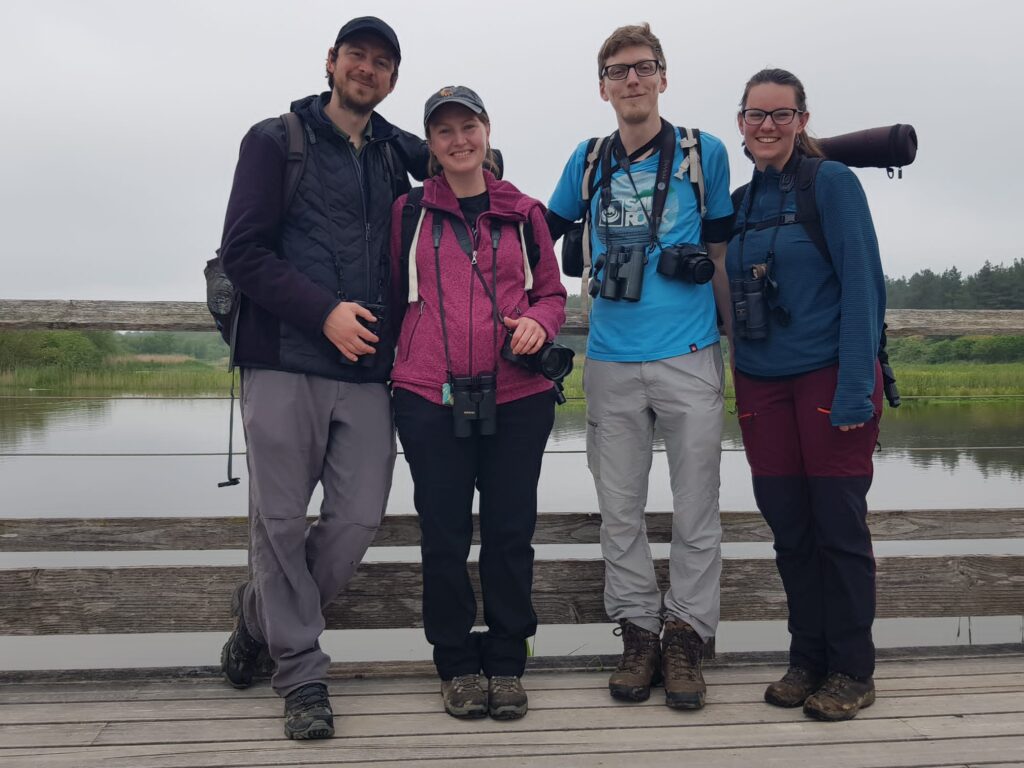
We birded a few coastal sites on the way to our campsite, which was practically next door to our main destination, Parc du Marquenterre. After visiting the Park, we then spent another day exploring the river Slack before stopping off at Oye-Plage nature reserve on the last day so we could wait out the rain in some bird hides before catching the ferry home.
Parc du Marquenterre
But I really want to share with you all my time at Park du Marquenterre. I’ve been to this reserve several times, and my favourite time to visit is at the end of May/early June. It can get quite busy on weekends which I don’t mind, but if you’re good at navigating it may be quieter walking the reserve backwards to avoid the crowds.
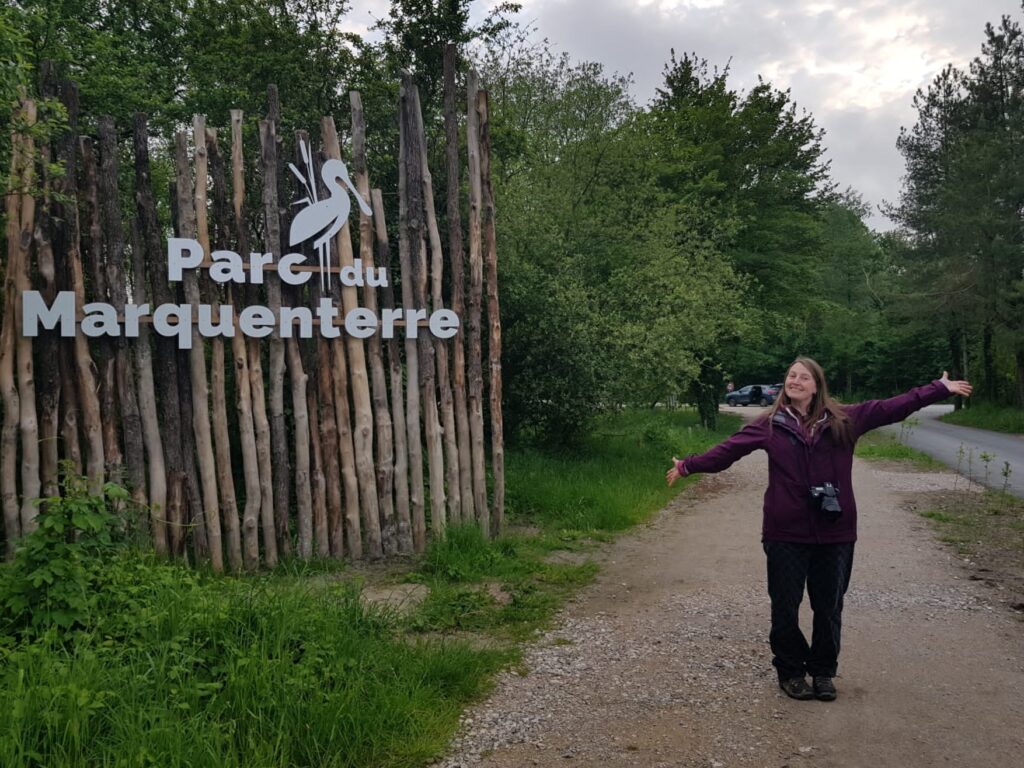
Spoonbills
After buying our ticket, we headed to the first look out point where straight away we were treated to views of Spoonbills raiding an old Stork nest. It was cool to see them gathering up nesting material and flying off with the sticks to add to their own nests.
We could tell the Spoonbills apart in flight from the similar Egrets because they flew with their neck fully extended rather than with their head tucked close to their body. Also, you’ll have to bear with my shaky videos of birds throughout this blog.
I do have a camera, but the lens isn’t great for long distance, so most of my photography/videography I do by lining up my phone to my telescope or binoculars (digiscoping). It’s a bit rustic but I love it, it’s addictive!
White storks
I have to say though, the highlight for me was seeing White Storks all over the place, and particularly nesting White Storks. As a species I work closely with here at WWP, it really was special to see them during our travels. We saw a lot of these majestic birds, and every single time they soared over your heads it was just as incredible as the last. This is a species we will probably see more of in the UK as there are now introduction programmes releasing them into the wild.
We then spent some time wandering along the trails and stopping off at the bird hides along the way…
Avocets
At the first hide I absolutely fell in love with a family of Avocets. These stunning birds sadly became extinct as a breeding species in the UK in the 19th century and have only relatively recently started recolonising since the 1940s, so I spent quite a while watching them.
There was also a bit of drama when everything started alarming because a White Stork dropped in to try and predate any unattended chicks. Thankfully the Avocets we had been watching came away unscathed this time.
Turtle doves
On our walk around the Park, we heard several Turtle Doves purring, and I couldn’t believe my eyes when I left one of the hides and one was showing really well right out in the open! I used to hear them in Kent most summers, but this is my second summer without hearing one so far.
They migrate to Europe from Africa to breed each year, but sadly this is becoming a much rarer sight in the UK with population declines of 99% since the 1970s. So again, it felt like such a privilege to see one so well and to listen to not just one, but a few of them purring on the same day.
Black-necked grebes
We also had excellent views of Black-necked Grebes feeding right in front of one of the hides. They are a rare breeding species in the UK, so I’ve only ever seen them abroad, in fact I’ve had excellent views of them every time I’ve visited Marquenterre. I could’ve watched them for hours diving under the water over and over again to find food and preening for a while on the water.
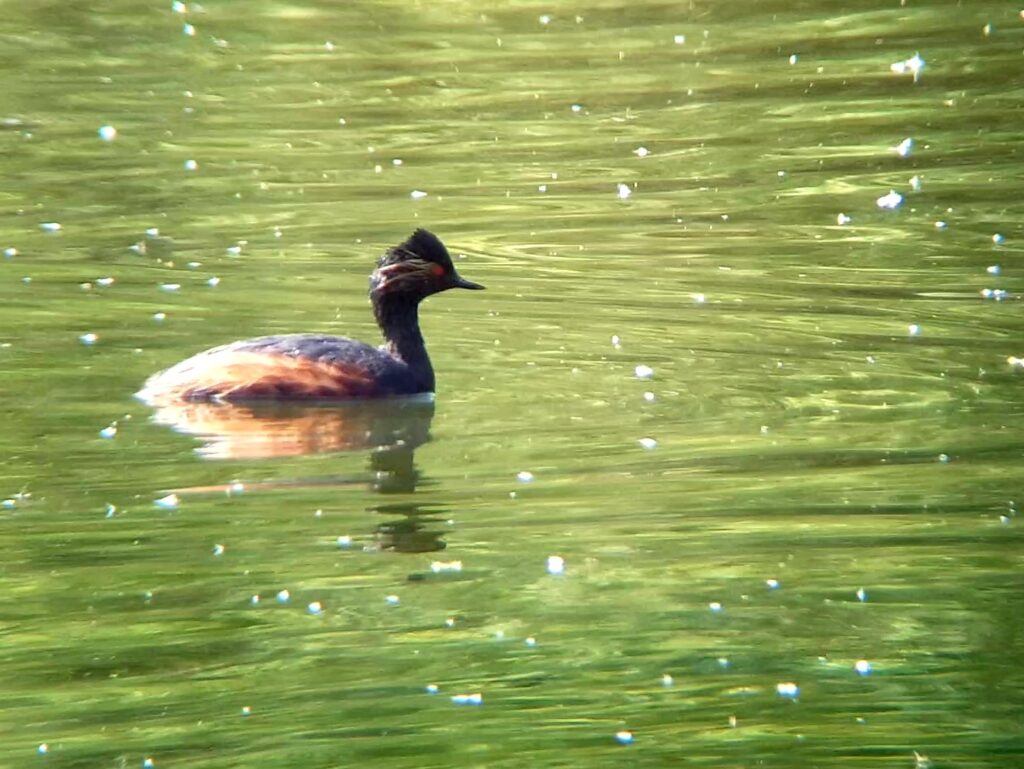
Black-winged stilts
Another species I was super excited to see were Black-winged Stilts. They were on most of the water bodies that we viewed and seemed pretty abundant. It was a nice surprise to see so many as in the UK they used to be a very rare passage migrant but are now starting to breed here. So hopefully we’ll see more of them in the coming years. It boggles my mind how they can walk around with such long legs compared to the rest of their body, and they look so graceful in flight.
Bizarre hides
The hides are such a mixed bag at Marquenterre! Many had these unusual viewing slots, which seemed to be the wrong height no matter how tall each person was. It was great fun trying to find a comfortable spot to look though. And then in contrast, some of the hides were really modern plus one lookout point was one of the best viewing areas for birds I’ve been too. Here we could sit down in front of a group of trees with nesting birds including, Spoonbills, Little Egrets (which were making the most hilarious breeding calls), Cattle Egrets, White Storks, Grey Herons, and Night Herons!
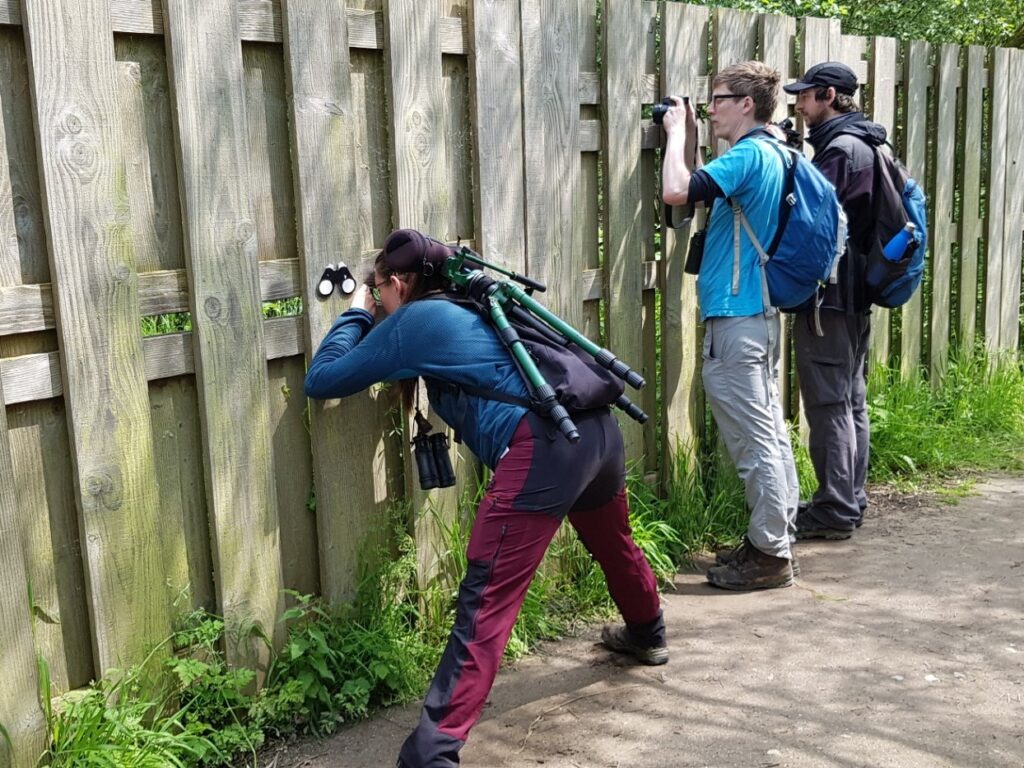
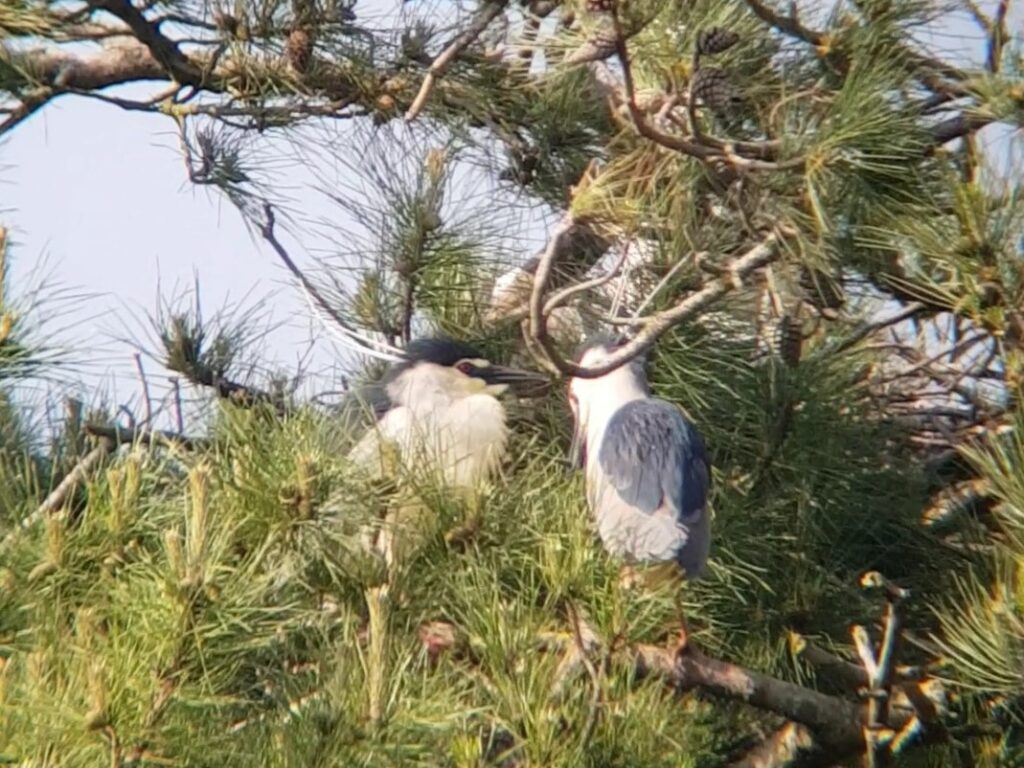
It was so lovely watching all the baby birds on the nests of the different species. This is why I love visiting in late May so you get to see all the baby birds. We even had a party of Crested Tits drop in to feed, but I was too slow to get a photo of those (and too busy watching them feed the youngsters to remember I had a camera I think!).
So those were my main highlights from my trip to Park du Marquenterre. As well as these the habitat was packed with other wading birds, wildfowl and migrating/breeding song birds. We spent seven hours there so take a packed lunch if you want to visit. All in all it was a holiday well spent and of course we also ate copious amounts of French bread, pastries, and profiteroles, yum!
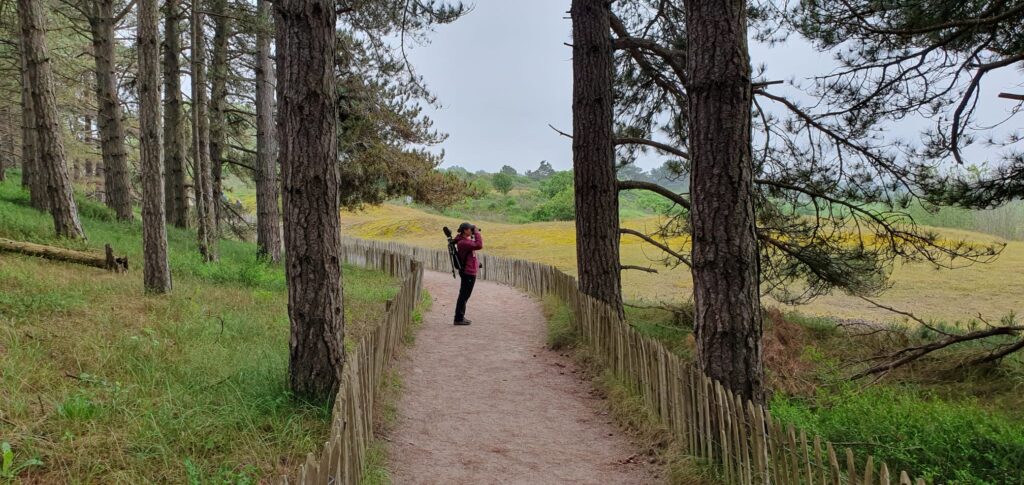



No Comments
Be the first to start a conversation